Uninhabitable whirlpools found in the Atlantic
30 April 2015
Researchers, lead by Johannes Karstensen from the GEOMAR Helmholtz Centre for Ocean Research Kiel in Germany, have found whirling areas of incredibly low oxygen in the tropical Atlantic Ocean. Oxygen is vital to much of life on Earth, and without it, animals like fish and crabs can’t survive. These whirlpools are known as eddies – large rotating regions of water some 100–150 km wide. The fast rotation acts like a wall and isolates this water mass from the surrounding water, which is rich in oxygen. Inside the eddy, oxygen is low because bacteria use it up. When the eddy is formed near the coast, it carries with it a lot of nutrients needed by tiny plants or algae called phytoplankton. The nutrients allow the phytoplankton to grow and multiply rapidly. When these die, they sink to the waiting bacteria, which decompose them and in the process use up a lot of oxygen. Because the eddy is isolated, oxygen cannot be resupplied from the surrounding water. The oxygen level inside the eddy is reduced until it becomes too low to support any animal life. It becomes a ‘dead zone’. This has consequences for animal life. Tiny animals called zooplankton, which normally feed in the shallows at night and retreat to the depths during the day where they can hide from predators, behave differently inside the eddies. There, they stay close to the surface at all times to avoid the deeper low oxygen areas and, thus, coming within easy reach of predators. Although the ocean is full of eddies, fortunately only a few develop into a dead zone. If one of the dead zones were to hit the coast, it could pose a problem for marine life in the area, which would be surrounded by water without enough oxygen to survive.Print version
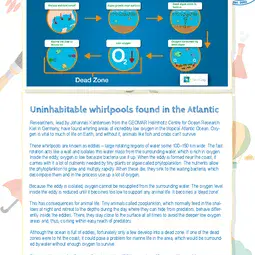
This is a kids' version of the EGU article: 'Uninhabitable whirlpools found in the Atlantic'. It was written by Sara Mynott (Marine Ecologist and PhD Student at the University of Exeter, UK) and reviewed for scientific and educational content by Johannes Karstensen (Ocean Scientist, GEOMAR Helmholtz Centre for Ocean Research Kiel, Germany) and by Sally Soria-Dengg (Media and Communications, GEOMAR), respectively.
Translations
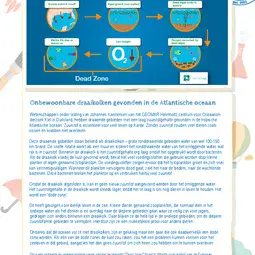
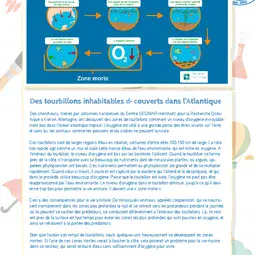
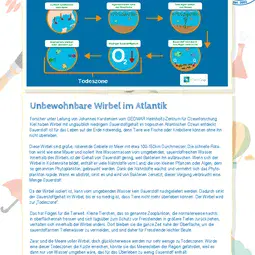
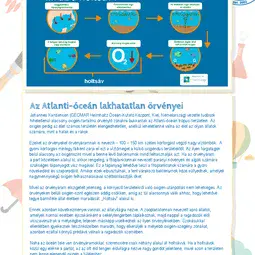
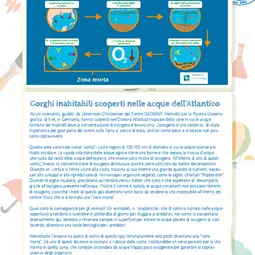
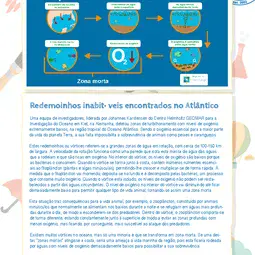
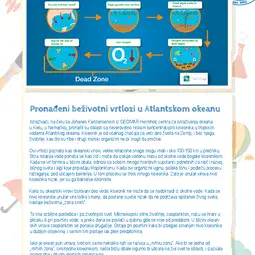
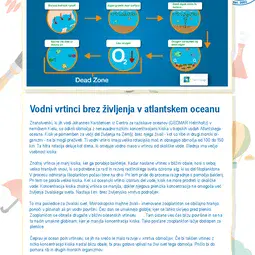
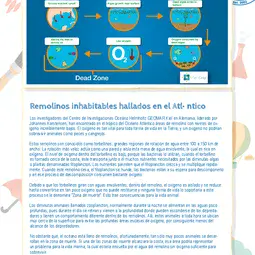
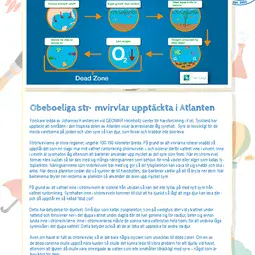
All English-language Planet Press releases are carefully edited, reviewed and proofed, by scientists, educators and EGU staff. Please note that once translated, Planet Press releases receive no further checks from EGU staff. For this reason, we cannot guarantee their accuracy, though we trust the quality of our voluntary translators and are grateful for their work.

